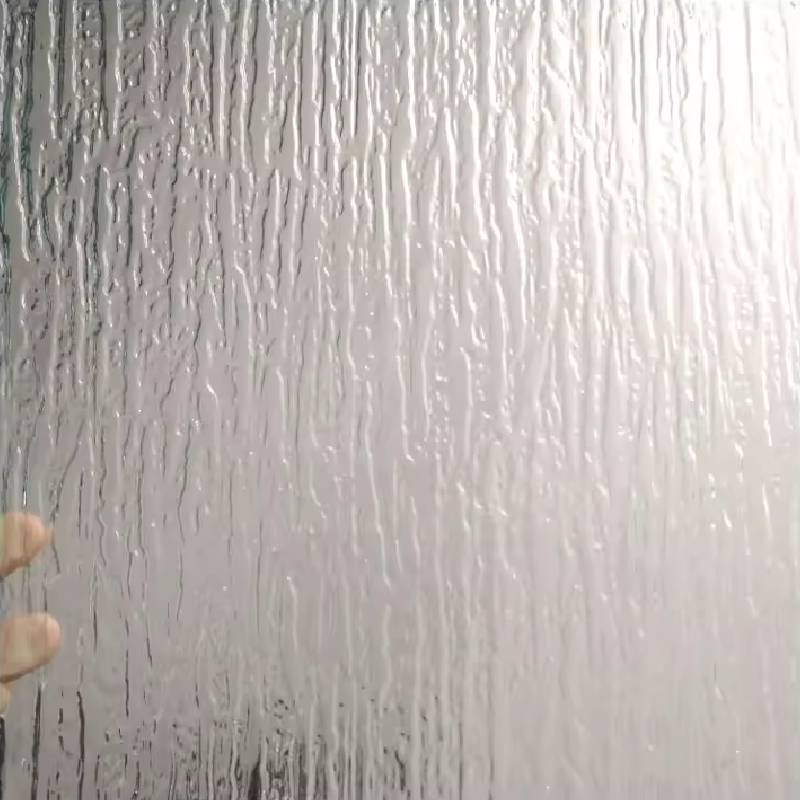The Art and Science of Toughened Glass Making
Toughened glass, also known as tempered glass, is a remarkable material that has transformed various industries, from architecture to automotive engineering. Its strength and resilience stem from a precise manufacturing process that involves heating and rapid cooling, creating a product that can withstand greater stresses than standard glass. In this article, we will explore the methods of toughened glass making, its applications, benefits, and the science behind its impressive durability.
The Manufacturing Process
The production of toughened glass begins with the selection of high-quality raw materials, typically silica sand, soda ash, and limestone. These materials are melted together in a furnace at temperatures exceeding 1,400 degrees Celsius to form a homogeneous glass. Once the molten glass is produced, it is shaped into desired forms, often sheets or panels.
Once shaped, the glass undergoes the toughening process which is crucial to its performance. The glass is first heated in a tempering furnace to around 620 degrees Celsius, where it is maintained for a specific duration to ensure even heat distribution. After reaching the target temperature, the glass is rapidly cooled using powerful jets of cold air. This rapid cooling causes the outer surface of the glass to contract while the inner part remains expanded. As a result, a strong compression stress is developed on the surface of the glass, while the inner portion holds tension. This condition is what gives toughened glass its superior strength and thermal resistance.
Applications of Toughened Glass
Toughened glass is widely utilized across various sectors. In architecture, it is used for facades, windows, and doors, providing safety and aesthetic appeal. Its ability to withstand high impacts makes it an ideal choice for buildings located in hurricane-prone areas. In addition, many modern skyscrapers rely on toughened glass for their structures to reduce the risks associated with wind loads and flying debris.
In the automotive industry, toughened glass is critical for side and rear windows. It shatters into small, blunt pieces rather than sharp shards, reducing the likelihood of injury during accidents. Furthermore, toughened glass is used in many appliances, such as ovens and shower doors, where heat resistance is crucial.
Another notable application is in the manufacturing of glass tabletops, display cases, and even mobile device screens, where durability is paramount
. The versatility of toughened glass means it can be found in a variety of products and environments, underscoring its importance in modern design and architecture.
toughened glass making
Benefits of Toughened Glass
The advantages of toughened glass are numerous. First and foremost is its incredible strength; toughened glass is approximately five to six times stronger than standard glass of the same thickness. This strength reduces the risk of breakage under stress, making it increasingly reliable for both everyday and extreme situations.
Additionally, toughened glass can withstand high temperature variations, making it a preferred choice in applications where thermal shock is a concern. This feature allows it to be used in settings that require significant changes in temperature, such as in kitchens or laboratories.
Another benefit is its safety. As mentioned earlier, when broken, toughened glass fractures into small, harmless pieces, significantly decreasing the likelihood of injuries. This feature is particularly appealing for residential and commercial buildings where safety is a top priority.
The Science Behind Its Durability
The durability of toughened glass is primarily due to the microscopic stresses created during the tempering process. The consistent application of heat and the subsequent rapid cooling create a unique balance of tensions within the glass, allowing it to resist both physical impacts and thermal stress. Understanding these principles is crucial for engineers and designers, who must account for factors such as load, exposure to elements, and thermal expansion when selecting materials for construction or product design.
Conclusion
Toughened glass is an innovative material that combines craftsmanship and science to provide strength, safety, and versatility. Its manufacturing process, which includes heating and rapid cooling, transforms ordinary glass into a much more durable product capable of meeting the demands of modern life. As industries continue to evolve and seek greater safety and efficiency, the role of toughened glass will only grow, making it an invaluable component in construction, automotive, and everyday objects. As we advance technologically, the art of toughened glass making represents a perfect balance of innovation and necessity.
 Afrikaans
Afrikaans  Albanian
Albanian  Amharic
Amharic  Arabic
Arabic  Armenian
Armenian  Azerbaijani
Azerbaijani  Basque
Basque  Belarusian
Belarusian  Bengali
Bengali  Bosnian
Bosnian  Bulgarian
Bulgarian  Catalan
Catalan  Cebuano
Cebuano  Corsican
Corsican  Croatian
Croatian  Czech
Czech  Danish
Danish  Dutch
Dutch  English
English  Esperanto
Esperanto  Estonian
Estonian  Finnish
Finnish  French
French  Frisian
Frisian  Galician
Galician  Georgian
Georgian  German
German  Greek
Greek  Gujarati
Gujarati  Haitian Creole
Haitian Creole  hausa
hausa  hawaiian
hawaiian  Hebrew
Hebrew  Hindi
Hindi  Miao
Miao  Hungarian
Hungarian  Icelandic
Icelandic  igbo
igbo  Indonesian
Indonesian  irish
irish  Italian
Italian  Japanese
Japanese  Javanese
Javanese  Kannada
Kannada  kazakh
kazakh  Khmer
Khmer  Rwandese
Rwandese  Korean
Korean  Kurdish
Kurdish  Kyrgyz
Kyrgyz  Lao
Lao  Latin
Latin  Latvian
Latvian  Lithuanian
Lithuanian  Luxembourgish
Luxembourgish  Macedonian
Macedonian  Malgashi
Malgashi  Malay
Malay  Malayalam
Malayalam  Maltese
Maltese  Maori
Maori  Marathi
Marathi  Mongolian
Mongolian  Myanmar
Myanmar  Nepali
Nepali  Norwegian
Norwegian  Norwegian
Norwegian  Occitan
Occitan  Pashto
Pashto  Persian
Persian  Polish
Polish  Portuguese
Portuguese  Punjabi
Punjabi  Romanian
Romanian  Russian
Russian  Samoan
Samoan  Scottish Gaelic
Scottish Gaelic  Serbian
Serbian  Sesotho
Sesotho  Shona
Shona  Sindhi
Sindhi  Sinhala
Sinhala  Slovak
Slovak  Slovenian
Slovenian  Somali
Somali  Spanish
Spanish  Sundanese
Sundanese  Swahili
Swahili  Swedish
Swedish  Tagalog
Tagalog  Tajik
Tajik  Tamil
Tamil  Tatar
Tatar  Telugu
Telugu  Thai
Thai  Turkish
Turkish  Turkmen
Turkmen  Ukrainian
Ukrainian  Urdu
Urdu  Uighur
Uighur  Uzbek
Uzbek  Vietnamese
Vietnamese  Welsh
Welsh  Bantu
Bantu  Yiddish
Yiddish  Yoruba
Yoruba  Zulu
Zulu 

